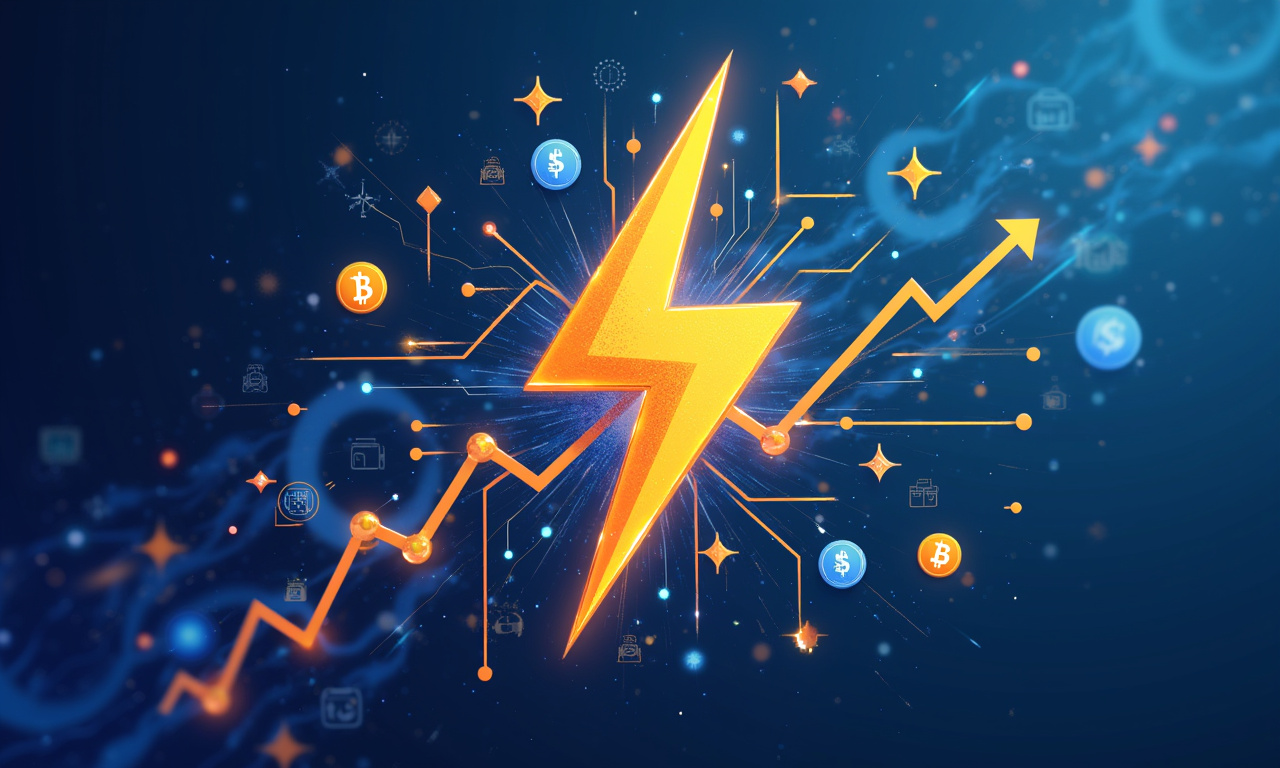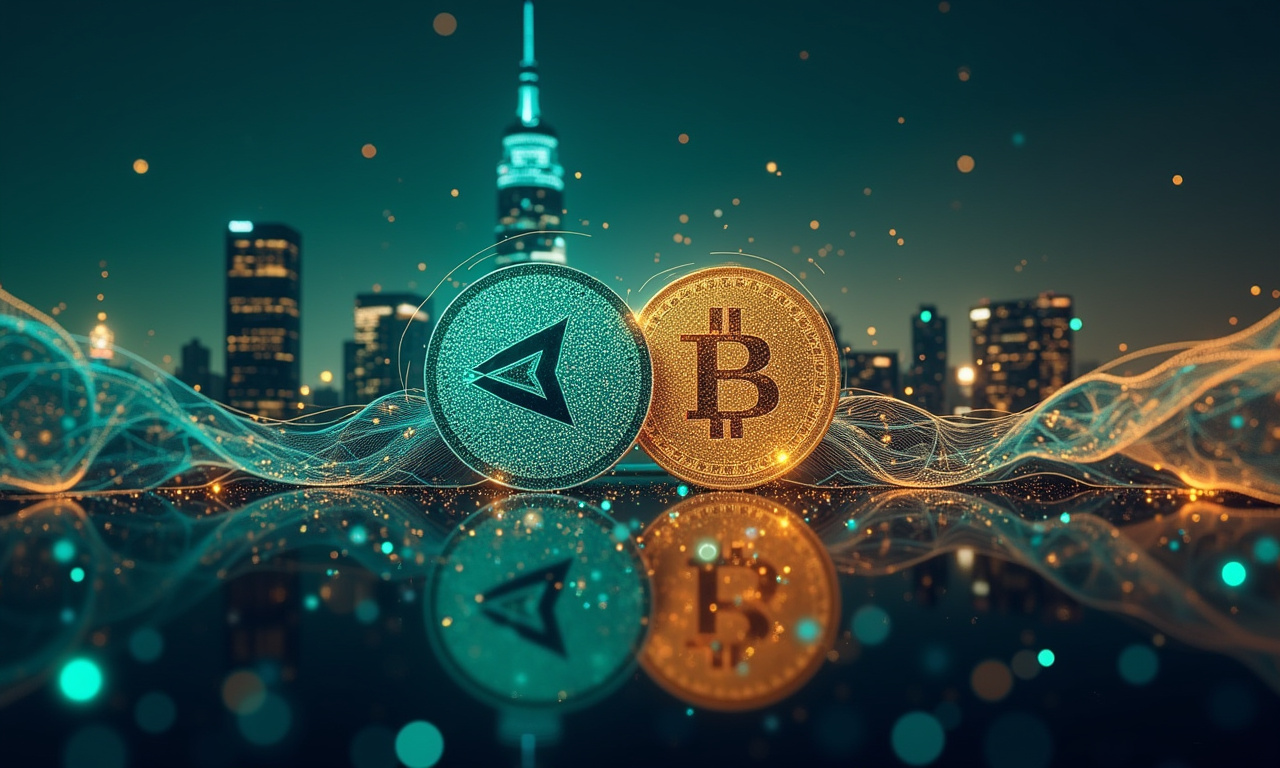The confluence of the art world and blockchain technology is opening up new opportunities for artists, collectors, and enthusiasts alike. Cutting-edge applications and devices such as the Solana Seeker phone help to further exemplify this exciting intersection. Even artists like Takashi Murakami are creating ripples in the NFT community through their innovative and pioneering work. Developments over the last month and emerging digital asset policies from abroad, such as in South Korea, point to seismic shifts on the horizon. This change will radically alter concepts of digital property and creative endeavor.
Solana's Seeker Phone: A Crypto-Native Mobile Experience
The Solana Seeker phone is a daring leap into making blockchain tech an everyday part of mobile life. It offers a simple and safe method to explore the new decentralized internet. Additionally, it prioritizes the experience of Solana users who are heavy on-chain operators. By adopting this attitude, creating and maintaining digital assets becomes a seamless and effective process.
Key Features and Functionality
The Seeker phone has a host of features designed specifically for the crypto-savvy user. The other marquee feature is the Seed Vault. Private crypto keys are encrypted on-device and protected with biometric access, enhancing security measures. This protects users’ valuable digital assets from being compromised. The phone includes the Seeker Wallet. Whether you’re doing a token swap, a transfer, or a staking transaction, it’s all easy to accomplish with this intuitive app. Transactions are executed with a Web2-like ease and convenience — users simply confirm transactions with their thumbprint. The Seeker phone has the added benefit of extra security and exclusivity due to its proprietary Genesis token. This token is permanently tied to the device and non-transferrable.
Enhancing User Experience
The Seeker phone is what connects the complicated world of blockchain technology to the intuitive realm of today’s smartphones. It provides a superior, simple user experience that democratizes blockchain to the masses. Sustainable digital asset management The user-friendly Seeker phone provides a secure platform for managing digital assets. This unique strategy may be the impetus needed for broader adoption of this emerging technology. It gives people the tools and the power to better manage their digital lives. Picture a world in which decentralized applications integrate smoothly with our everyday lives!
Takashi Murakami and the NFT Revolution
Takashi Murakami, the prolific and widely celebrated Japanese contemporary artist has had a remarkable influence on the NFT arena. He took the plunge into the NFT space in 2021. His first NFT drop, Murakami.Flowers, was a digital flower garden powered by code and inspired by his iconic motifs. This launch occurred shortly after Beeple's historic $69 million NFT sale at Christie's, signaling a growing interest in digital art.
Murakami's Innovative Approach
Murakami’s artistic vision is informed by his “superflat” philosophy, which has made the artist’s practice deeply interdisciplinary and collaborative. His pieces subvert conventional artistic boundaries. Perhaps his most notable work to date is “Clone X,” a series of metaverse avatars he developed in partnership with RTFKT. Murakami blurs the lines between high and low art, connecting his digital creations to a rich lineage within Japanese art history.
Commercial Success and Artistic Vision
Murakami’s actual NFT projects have been highly successful, commercially speaking. During his minting period, his “Murakami.Flowers” collection earned him close to $20 million in sales in less than a week. To Murakami, the value of NFTs goes beyond a financial return on investment. He thinks they might grow into a powerful new art movement, on the order of pop art’s cultural transformation. He thinks that NFTs provide a different landscape for artists to work and create in — to push beyond the known borders, to experiment.
South Korea's Digital Asset Policy: A Regulatory Landscape
South Korea has taken the initiative to introduce a more in-depth regulatory framework surrounding cryptocurrencies and other digital assets. The country hopes to pass enabling legislation in 2023 and institutionalize the sector by 2024. The National Assembly is still in the process of debating and passing almost twenty different crypto-related proposals to better protect South Korean crypto investors.
Key Regulatory Initiatives
The South Korean government is prioritizing the following areas. These include:
- Establishing detailed rules of conduct for virtual asset providers, covering aspects such as listing, disclosure, business qualifications, and advertisement regulation.
- Legalizing South Korean Won (KRW) denominated stablecoins and spot ETFs as part of its financial reform agenda.
- Creating a two-lane regulatory framework for ICOs, classifying digital assets as either securities or non-securities.
Impact on Global Adoption
If South Korea continues its proactive development of the regulatory framework for digital assets, it could play a crucial role in the global adoption momentum. By establishing a clear, comprehensive regulatory framework, South Korea hopes to protect investors while encouraging innovation. We hope that this will be a model for other countries seeking sensible regulations to the chaos that is today’s fast-changing digital asset marketplace.
Blockchain's Role in the Art World
The potential for blockchain technology to solve issues with provenance, intellectual property, and ownership make it a highly beneficial iteration of the tech for the art world.
Use Cases for Blockchain in Art
Here are some of the ways blockchain is being used in the art world:
- Documenting Provenance: Blockchain can track the ownership history of artworks, providing a secure and transparent record of an artwork's journey from one collection to another.
- Protecting Intellectual Property: Blockchain-based watermarking can prevent Generative Adversarial Networks (GANs) from being trained on images without consent, safeguarding artists' intellectual property.
- Establishing Ownership: Artists can use blockchain to prove ownership of their work by referencing a specific ledger entry, creating a decentralized and secure way to establish ownership.
New Opportunities for Artists
Blockchain is opening up new ways for creators and artists to earn revenue from their work. More recently, galleries are already testing the waters selling in different cryptocurrencies. Tokenizing their artworks into unique “tokens” has opened up an entirely new method for artists to earn income. Applying cryptographic signatures to images, along with other types of works, can solve many issues connected to intellectual property. These signatures deter unauthorized exploitation of the artworks.
The intersection of blockchain technology and digital art is changing how art is made, collected, and appreciated. The Solana Seeker phone is a brazen example of this new creative/destructive era in technology. At the same time, Takashi Murakami’s NFTs underscore the imaginative convergence of art and technology. With more coherent digital asset policies still developing, the landscape of digital ownership and artistic expression hasn’t been this promising in ages.




